Search Thermo Fisher Scientific
cd49 - Key/Resources/Appl/Tech/Doc/Contact
Auto Slice & View Software for FIB tomography
Thermo Scientific Auto Slice & View 5 (AS&V5) Software allows for automated acquisition of high-resolution 3D images and analytical maps such as EBSD (electron backscatter diffraction) or EDS (energy-dispersive X-ray spectroscopy). AS&V5 Software acquires data by milling serial sections (slices) of a sample with a focused ion beam (FIB) and then imaging and/or mapping each slice. Due to the high value and unique nature of many samples, it is important to collect as much information as possible from each section. AS&V5 Software allows you to acquire multiple imaging and analysis modalities for every slice, including information such as material and channeling contrast generated by multiple SEM and FIB detectors. Additionally, elemental information can be collected with EDS, and grain orientation/strain-texture analysis can be provided by EBSD mapping.

Spin Mill functionality for large area analysis
The Thermo Scientific Spin Mill Method is an add-on for Auto Slice & View 5 Software that enables site-specific large-area polishing and 3D characterization. Available on Thermo Scientific plasma focused ion beam (PFIB) instruments, including Thermo Scientific Hydra FIB-SEMs, this software automates sequential milling and imaging of areas up to 1 mm.
Adaptive Scanning functionality accelerates volume acquisition
The Adaptive Scanning add-on facilitates dynamic scanning approaches with AI-powered protocols that accelerate the throughput of high-resolution volume acquisition and enhance 3D comparative studies and statistical analysis. Adaptive Scanning is specifically designed for life science applications at room temperature. It tracks defined features of interest throughout a sample volume and images these features at high resolution while the surrounding contextual information is preserved at a lower resolution.
AI-guided dynamic auto functions for cryo-volume EM
Auto Slice & View 5 Software includes AI-guided dynamic auto functions for cryogenic volume acquisitions that significantly enhance the consistency and reliability of results. The AI-powered analysis tracks and adjusts the locations where the auto functions are performed in order to mitigate the impact of sample variability, and the challenges typically associated with cryogenic specimens. This software feature is specifically designed for unattended cryo-volume acquisition of biological specimens.
Auto Slice & View Software features
Intuitive, easy to use UI
Streamlined workflows, milling recipes, integrated auto functions.
Digital tilt-shift compensation
Improve collection efficiency and accuracy.
On-the-fly editing capabilities
Adjust parameters as needed if encountering phase/microstructural change.
Integrated imaging
Integrates SEM and FIB imaging, EBSD and EDS mapping into one package.
Information on every slice
Acquire all the information on every slice (imaging, analytics, current, voltage, tilt, etc.).
Highly flexible and reliable acquisition
Highly flexible and reliable acquisition with precise and repeatable cut placement.
High speed and throughput
High speed and throughput with multi-site capability.


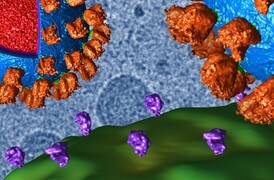
Structural Biology Research
Cryo-electron microscopy enables the structural analysis of challenging biological targets such as large complexes, flexible species and membrane protein.
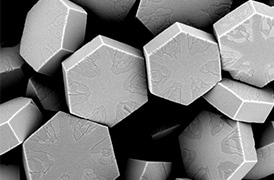
Fundamental Materials Research
Novel materials are investigated at increasingly smaller scales for maximum control of their physical and chemical properties. Electron microscopy provides researchers with key insight into a wide variety of material characteristics at the micro- to nano-scale.
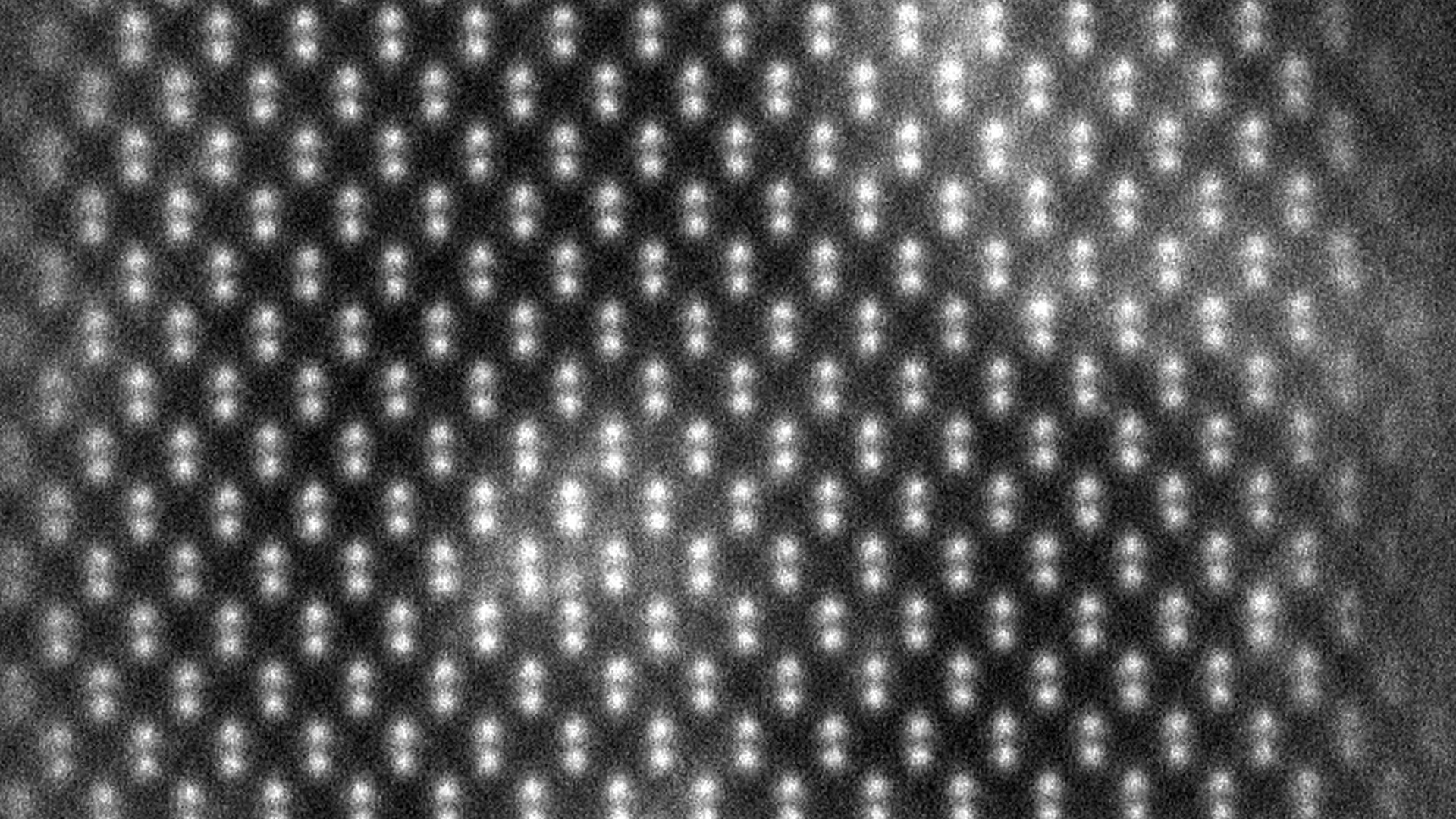
Semiconductor research and development
Innovation starts with research and development. Learn more about solutions to help you understand innovative structures and materials at the atomic level.
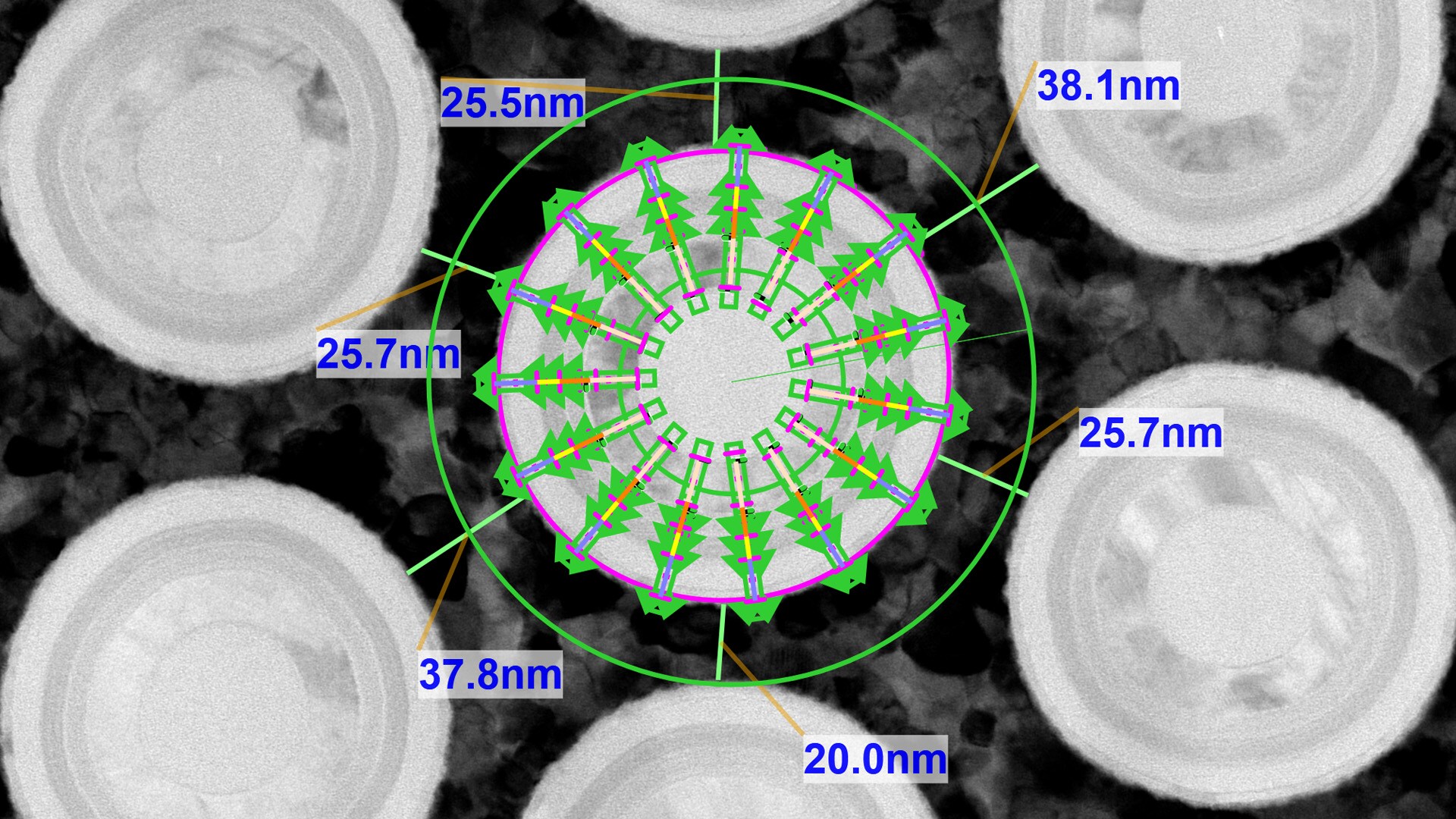
Semiconductor metrology
Manufacturing today’s complex semiconductors requires exact process controls. Learn more about advanced metrology and analysis solutions to accelerate yield learnings.
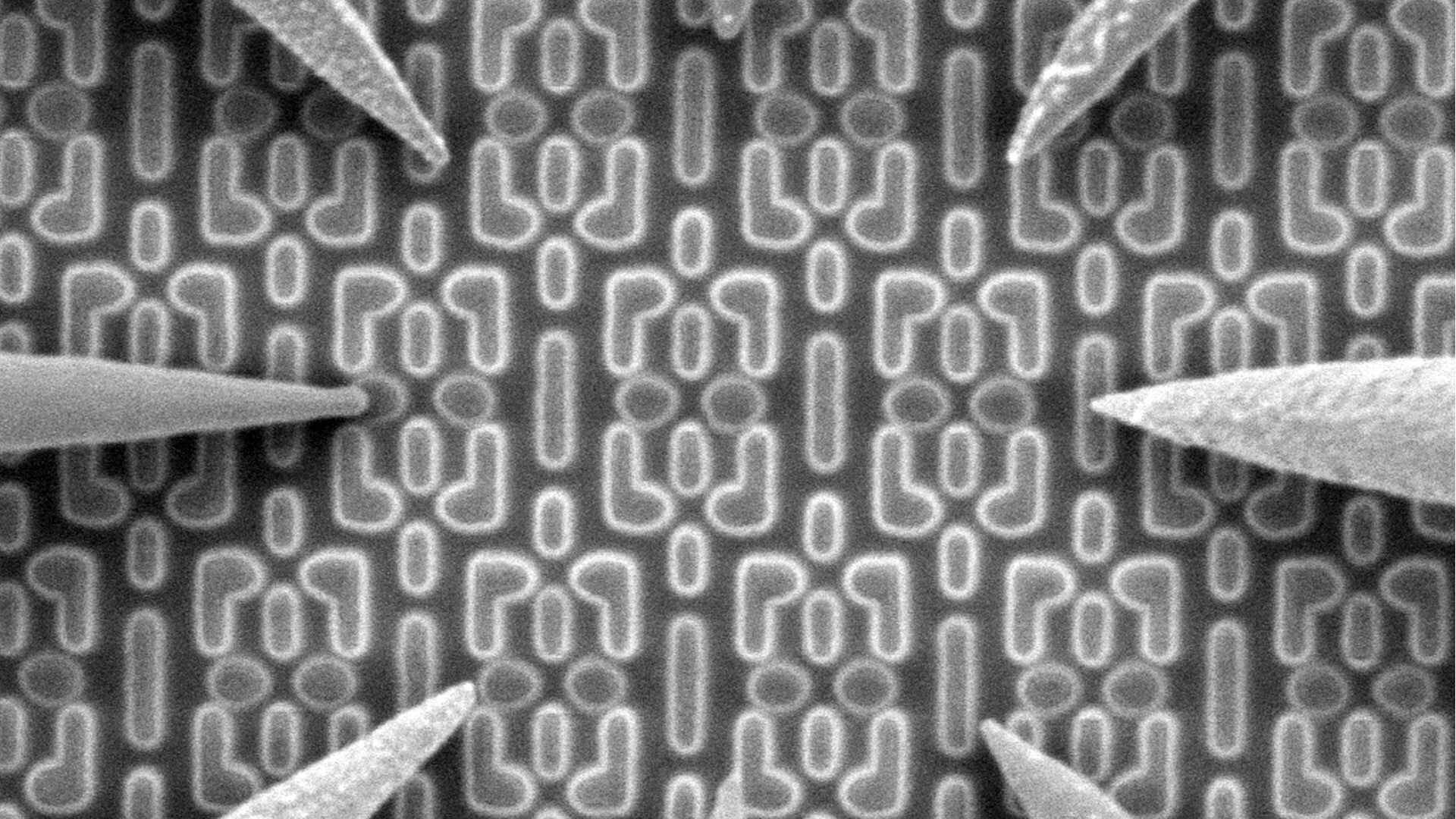
Semiconductor Failure Analysis
Complex semiconductor device structures result in more places for defects to hide. Learn more about failure analysis solutions to isolate, analyze, and repair defects.
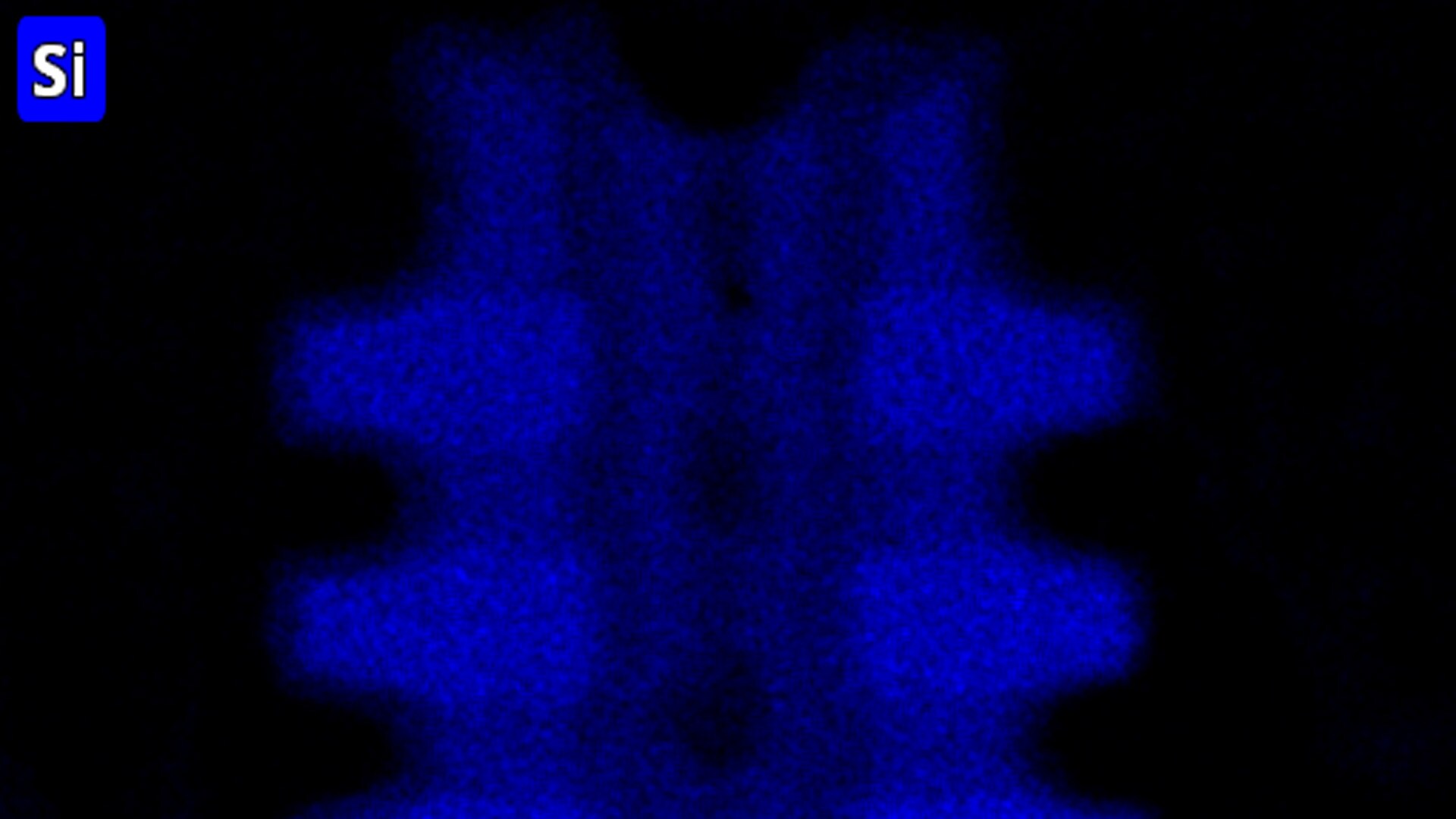
Semiconductor materials characterization
Many factors impact yield, performance, and reliability. Learn more about solutions to characterize physical, structural, and chemical properties.

Cryo-Tomography
Cryo-electron tomography (cryo-ET) delivers both structural information about individual proteins as well as their spatial arrangements within the cell. This makes it a truly unique technique and also explains why the method has such an enormous potential for cell biology. Cryo-ET can bridge the gap between light microscopy and near-atomic-resolution techniques like single-particle analysis.

3D Materials Characterization
Development of materials often requires multi-scale 3D characterization. DualBeam instruments enable serial sectioning of large volumes and subsequent SEM imaging at nanometer scale, which can be processed into high-quality 3D reconstructions of the sample.

Cross-sectioning
Cross sectioning provides extra insight by revealing sub-surface information. DualBeam instruments feature superior focused ion beam columns for high-quality cross sectioning. With automation, unattended high-throughput processing of samples is possible.

In Situ experimentation
Direct, real-time observation of microstructural changes with electron microscopy is necessary to understand the underlying principles of dynamic processes such as recrystallization, grain growth, and phase transformation during heating, cooling, and wetting.

Multi-scale analysis
Novel materials must be analyzed at ever higher resolution while retaining the larger context of the sample. Multi-scale analysis allows for the correlation of various imaging tools and modalities such as X-ray microCT, DualBeam, Laser PFIB, SEM and TEM.
Semiconductor Analysis and Imaging
Thermo Fisher Scientific offers scanning electron microscopes for every function of a semiconductor lab, from general imaging tasks to advanced failure analysis techniques requiring precise voltage-contrast measurements.

Cryo-Tomography
Cryo-electron tomography (cryo-ET) delivers both structural information about individual proteins as well as their spatial arrangements within the cell. This makes it a truly unique technique and also explains why the method has such an enormous potential for cell biology. Cryo-ET can bridge the gap between light microscopy and near-atomic-resolution techniques like single-particle analysis.

3D Materials Characterization
Development of materials often requires multi-scale 3D characterization. DualBeam instruments enable serial sectioning of large volumes and subsequent SEM imaging at nanometer scale, which can be processed into high-quality 3D reconstructions of the sample.

Cross-sectioning
Cross sectioning provides extra insight by revealing sub-surface information. DualBeam instruments feature superior focused ion beam columns for high-quality cross sectioning. With automation, unattended high-throughput processing of samples is possible.

In Situ experimentation
Direct, real-time observation of microstructural changes with electron microscopy is necessary to understand the underlying principles of dynamic processes such as recrystallization, grain growth, and phase transformation during heating, cooling, and wetting.

Multi-scale analysis
Novel materials must be analyzed at ever higher resolution while retaining the larger context of the sample. Multi-scale analysis allows for the correlation of various imaging tools and modalities such as X-ray microCT, DualBeam, Laser PFIB, SEM and TEM.
Semiconductor Analysis and Imaging
Thermo Fisher Scientific offers scanning electron microscopes for every function of a semiconductor lab, from general imaging tasks to advanced failure analysis techniques requiring precise voltage-contrast measurements.
Electron microscopy services
To ensure optimal system performance, we provide you access to a world-class network of field service experts, technical support, and certified spare parts.


